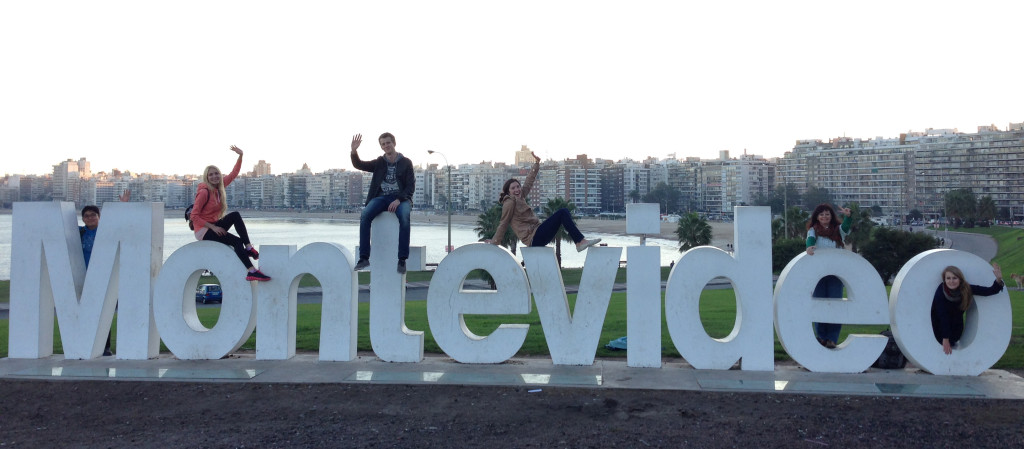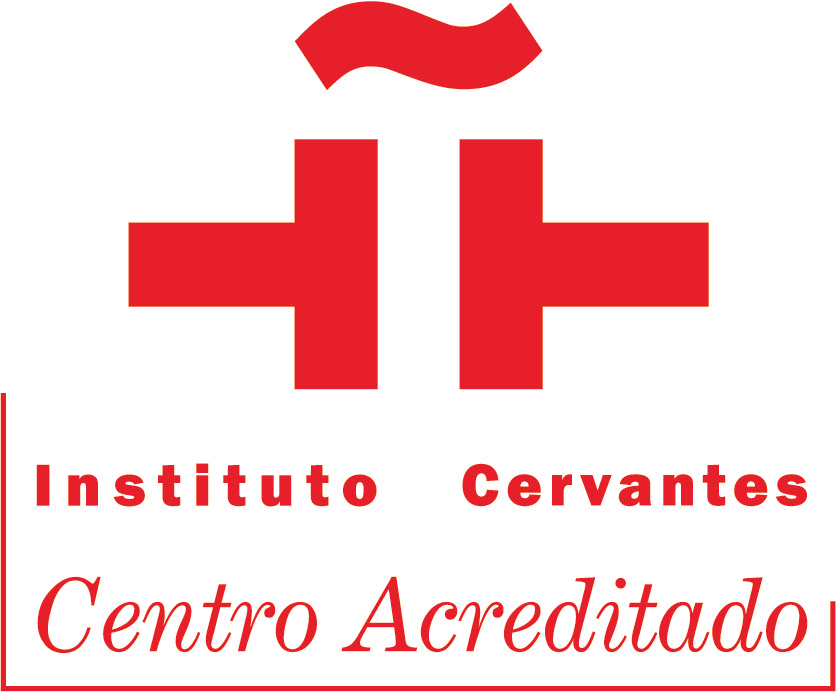The capital of Uruguay, Montevideo, has 1.25 million inhabitants, equivalent to 43% of the national population. Compared to Buenos Aires, it is a quiet town in terms of traffic, number of people, and the pace of life in general. For these reasons, as well as the city’s safety, political stability and its low level of contamination, it is considered the city with the best quality of life in Latin America. Montevideo is a global city in the “beta” category according to a study by GaWC, and ranks as seventh in Latin America and world number 73.
The city has an outstanding location on the banks of the Rio de la Plata and locals and tourists alike love taking walks along the Rambla. In summer you can enjoy the beach, a short walk from downtown. Uruguayans love the outdoors and so there are a lot of parks and woodlands. The nightlife takes place in various parts of the city such as Pocitos, Buceo, Parque Rodó and the Ciudad Vieja, and has a range of pubs, clubs and restaurants with a great variety of food and music from Tango and Salsa, to Brazilian music, Cumbia, Reggaeton, Pop and Electronic, and others.
A unique feature of this part of the world is the presence of different options of milongas, some classic and some more modern, where audiences of all ages attend open classes and dance our most famous national dance: the tango.
Montevideo is very rich architecturally; the city offers a mix of colonial, neoclassical, art deco and postmodern styles. There is a wide range of cultural activities on offer throughout the year: museums, theatres, exhibitions, concerts, festivals, etc. Of particular importance is our Carnaval, which consists of daily activities for one month and a half and is the longest in the world. It is one of the most interesting and fundamental events in Uruguayan culture.
The Uruguayan Carnaval is completely unique. It consists of 4 parades and a big official competition. Groups compete in different categories, one of which is murga a combination of singing, music, colourful costumes and political satire. Another category is las llamadas, a parade of groups of lubolas with that play hypnotic drums and who, with their dances and rhythms, connect us to the legacy of African music that arrived in Uruguay over two hundred years ago. The great importance of candombe (the music of the drums) in our culture is reflected in the fact that every Saturday and Sunday in neighbourhoods around Montevideo, you can find groups of drummers parading the streets and sharing their music.
Dramatic arts draw a large crowd. Works are usually performed from Thursdays to Sundays in the local theatre circuit. The biggest stage, and the second oldest theatre in South America, is the Teatro Solís where quality national and international shows are presented daily.
Like any metropolis, Montevideo has a wide range of commercial cinemas and also an independent alternative cinema club (which has 4 rooms) that showcases 100 films of different nationalities and filmmakers per month at a remarkably affordable price.
Montevideo has many important Art museums, such as el Nacional de Artes Visuales in Parque Rodó, the Espacio de Arte Contemporáneo built in the former Miguelete Prison and the gallery dedicated to the famous painter Torres Garcia in the Ciudad Vieja. The city also has many historical museums including el Museo del Gaucho and el Museo del Fútbol in the Estadio Centenario home of the 1st World Cup in 1930 and declared a monument of World Football by FIFA. In the Goes neighbourhood there is a permanent open-air exhibition of street art found on the facades of neighbourhood buildings.












